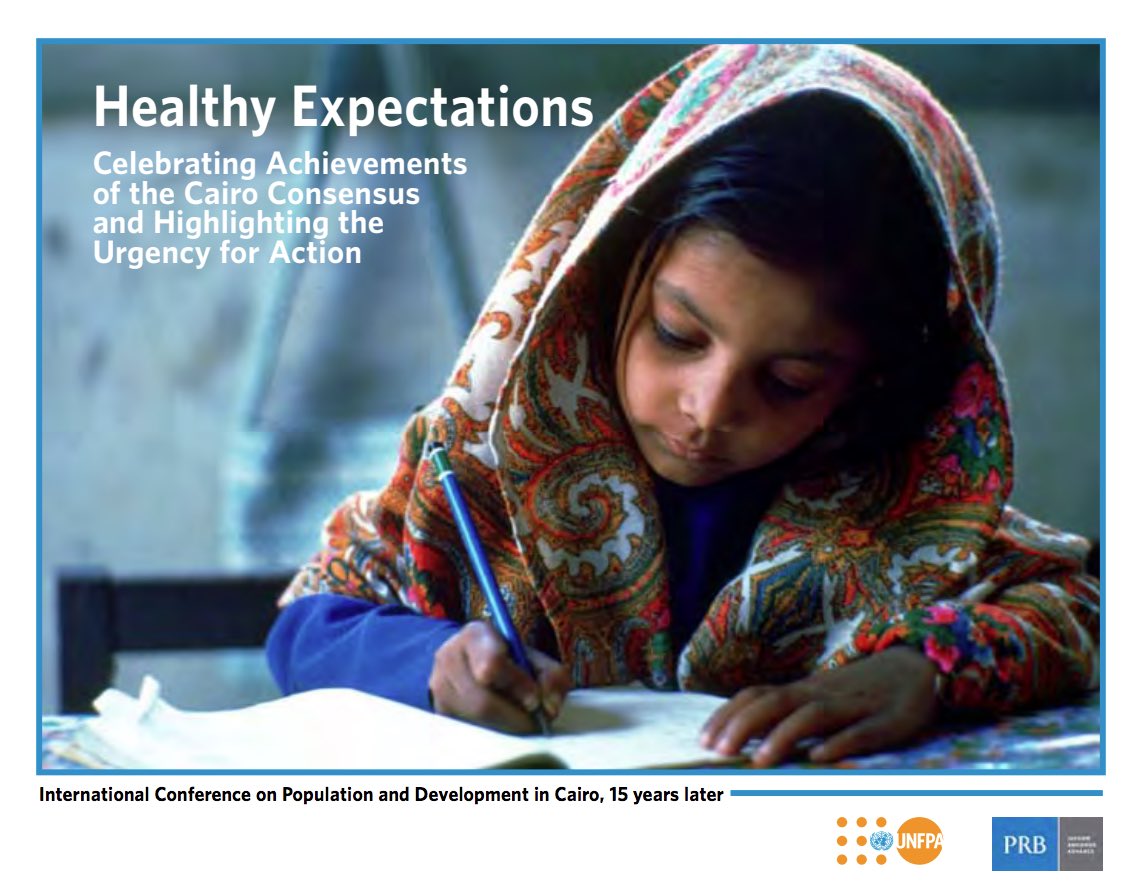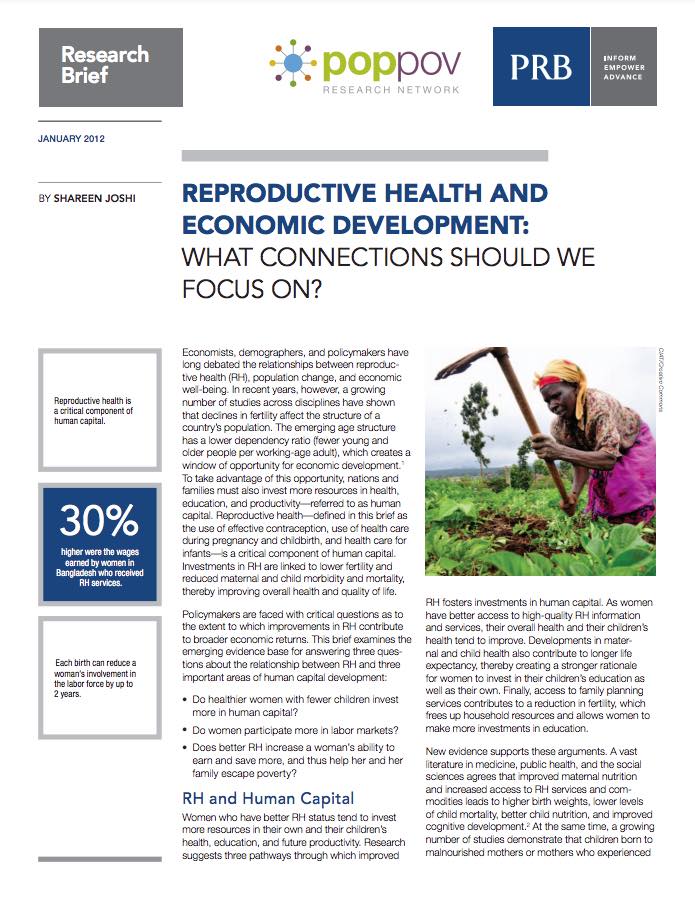Family Planning Use in Central America: Closing the Equity Gap
(2009) Family planning reduces infant and maternal mortality rates by allowing women to plan and space their pregnancies and avoid unintended pregnancies.
(2009) Family planning reduces infant and maternal mortality rates by allowing women to plan and space their pregnancies and avoid unintended pregnancies.
(2007) The database created by the Population Reference Bureau reveals geographic differences in characteristics of people working in the science and engineering (S&E) labor force.

(2009) Fifteen years ago, in 1994, the world's nations forged a visionary plan in Cairo, Egypt, to foster economic development and reduce poverty, with a focus on promoting human rights, empowering women, and erasing inequities within societies.
(2008) With gas prices soaring, there are reports of more Americans using carpools, public transportation, bikes, and running shoes to make their daily commutes.
Project: Demography and Economics of Aging and Alzheimer’s Disease
(2013) Despite having lower income and education levels, U.S. Hispanics tend to outlive non-Hispanic whites by several years.
(2008) A new study in Proceedings of the National Academy of Sciences reports on a sex ratio that favors boys among U.S.-born children in Indian, Korean, and Chinese families.

(2012) Reproductive health—defined in this PopPov Research Network brief as the use of effective contraception, use of health care during pregnancy and childbirth, and health care for infants—is a critical component of human capital.